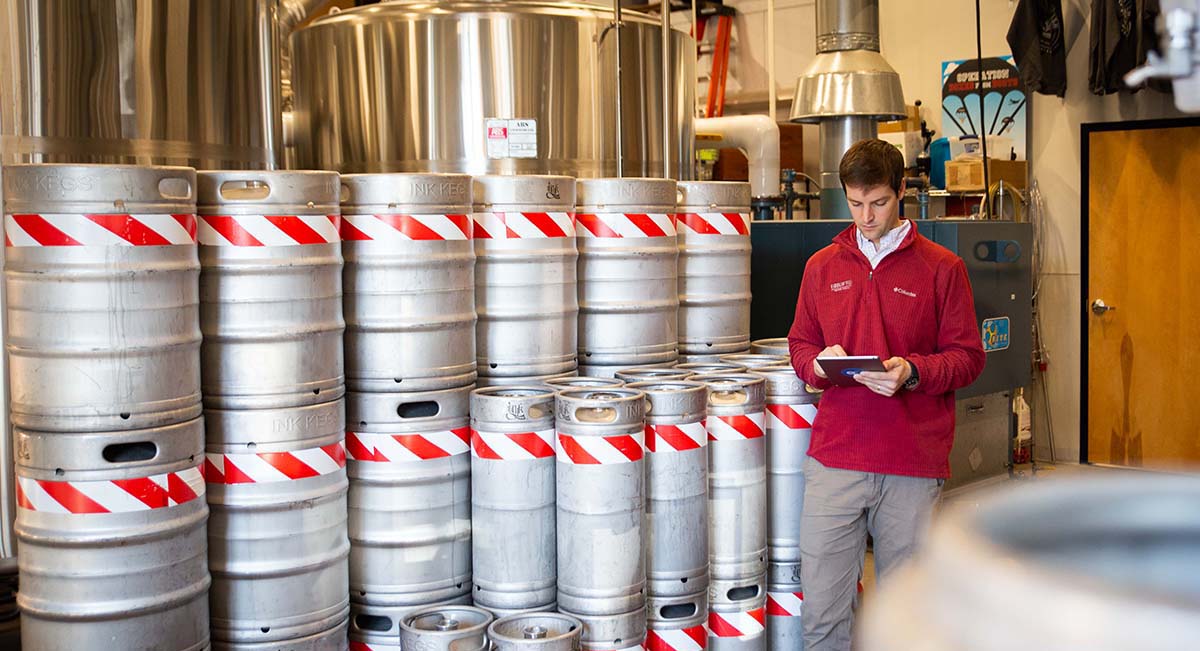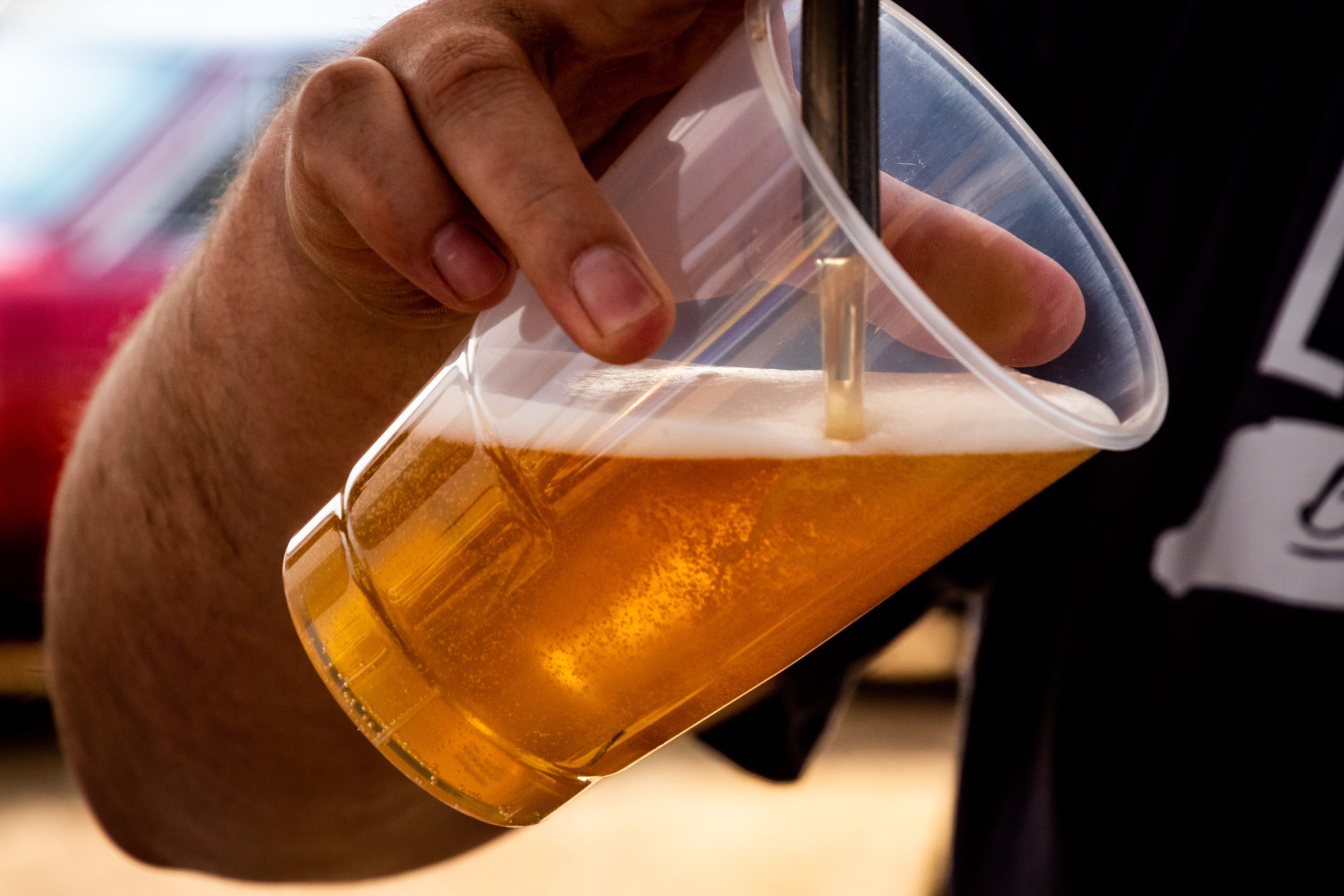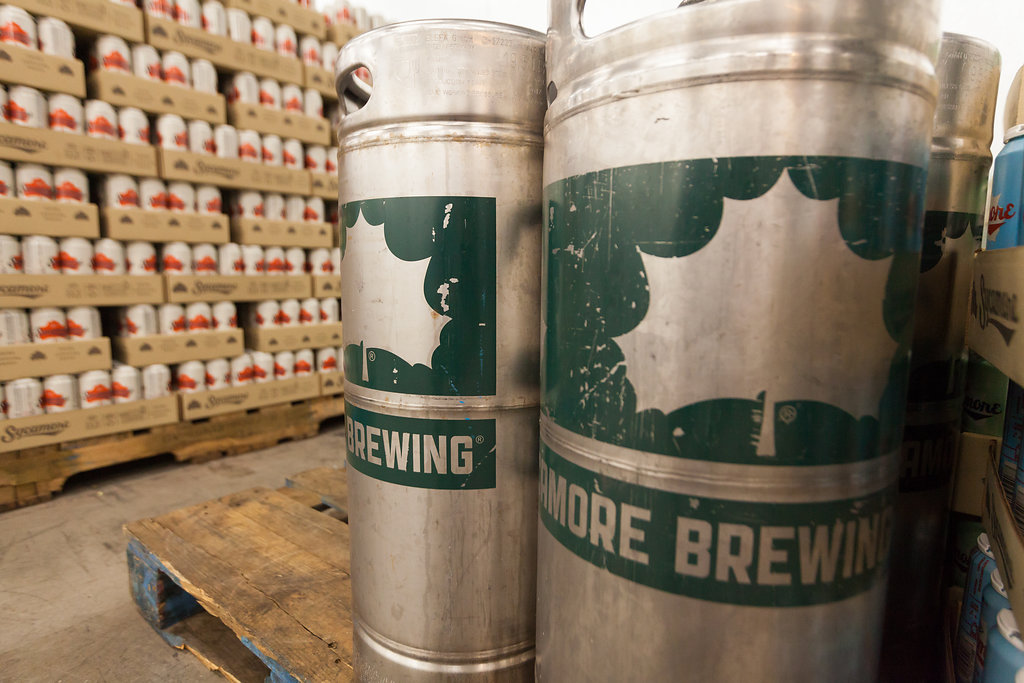Lately we’ve been hearing from alcohol producers across the country about a troubling keg shortage. Beer producers are struggling to find suppliers who can sell them new kegs, which means they’re having trouble meeting rising demand from customers. This in turn cuts into profits at a time when breweries need revenue, thanks to rising inflation and labor costs. How did we get here, and what can alcohol producers do to mitigate damages from this keg shortage? Read on to find out.
What is the current state of the keg shortage?
Breweries need kegs and aren’t always able to purchase them. This is putting more pressure on breweries to keep track of the kegs they do have, take kegs back from customers promptly, and offer customers alternatives when they’re unable to fill keg orders.
The keg shortage is one consequence of the ongoing, complicated supply chain challenges affecting every industry, from cars to cleaning products to paper. Because it isn’t an isolated incident, coping with the shortage is even more complicated for breweries. The usual methods of coping with temporary shortages, like finding a new supplier or substituting by distributing cans, won’t necessarily work this time.
What’s causing the keg shortage?
The primary cause of the current keg shortage is the same supply chain problems that have been plaguing a variety of industries since the beginning of the pandemic. Though supply chain disruptions began early in the pandemic and have since cycled through several distinct stages, the ingredients for a global supply chain crisis existed long before the pandemic.
With impressive shipping efficiency and easy online ordering options, businesses were previously able to operate on a ‘just in time’ schedule. Within the food and beverage industry, timely distributors have always been a must due to perishable ingredients. When it comes to shelf-stable supplies like kegs, cans, and packaging materials, an abundance of choices available at relatively low cost caused complacency.
Our current supply chain crisis simply made clear the weaknesses of an already-flawed system. When the pandemic disrupted production at major factories in industrial powerhouse nations like China, producers were no longer able to count on receiving supplies in a timely manner. Widespread shortages caused prices to go up. Burned out and overwhelmed from the pandemic, many Americans quit their jobs, retired early, or set off to start their own businesses. Labor became more expensive and increasingly difficult to find, especially transportation workers like truck drivers, who are the backbone of our nation’s supply chain security. The industry is short nearly 80,000 truck drivers.
Difficulty staffing, rising labor costs, and rising costs of goods combined to make critical supplies prohibitively expensive or impossible to obtain. Labor shortages caused bottlenecks to form at the nation’s major ports, slowing down intake of necessary goods.
These supply chain disruptions created ripples throughout the alcohol production industry. Not only kegs, but other important materials like cans, bottles, barrels, packaging materials, and raw ingredients are also in short supply. As restaurants have reopened, demand for kegs in food service establishments has grown, exacerbating the growing keg shortage.
How to Manage the Keg Shortage
We know it’s difficult to run your business with critical shortages of important supplies like kegs. While there’s no easy fix, here are a few ideas for how to mitigate damage and business disruption from the current keg shortage, at least until the supply chain returns to normal.
Pinpoint the Source of Your Keg Shortage
We may have just talked extensively about how supply chain disruptions are causing shortages for kegs and other supplies, but it’s still worth looking for the root cause of your business’s disruption. Are you having trouble buying new kegs from suppliers? Maybe your team is overlooking something in your operations that could be contributing to your keg shortage, such as a customer who consistently forgets to return kegs. Before you throw up your hands and assign all the blame for your shortage to the supply chain crisis, make sure there aren’t any other discrepancies or losses in your process that you aren’t accounting for. The idea is to find elements you can control, since so much of the supply chain crisis is out of your hands.
Develop a System for Keg Tracking
Once you’ve identified any possible trouble areas in your keg management, you should develop a system for keg tracking, if you don’t already have one. Keeping track of your kegs is one thing you can do to respond to the keg shortage, since if you hang onto the kegs you already have, you won’t have to buy as many new ones. Lost kegs are expensive, and at a time when purchasing new ones is either expensive or downright impossible, you need a keg management system. Here are a few ideas for techniques and technologies you can use to track your kegs.
Diversify Your Supplier List
Invest in your business’s supply chain resilience by diversifying your supplier list. Form or nurture casual working relationships with vendors, even ones you don’t currently engage. That way, when your usual suppliers don’t have the materials you need, you have other vendors you can reach out to.
Of course, during an unprecedented disruption to the supply chain like we’re currently seeing, diversifying your suppliers may not immediately help with your keg shortage. But it’s still worth doing for your business’s ability to bounce back from any future shortages.
Luckily, there are signs that the worst of our supply chain nightmares is over. The government is committing resources to addressing supply chain integrity and we’re getting better at managing business disruptions related to the COVID-19 pandemic. Still, we’ll be feeling the effects of this supply chain uncertainty for some time, so it’s a great idea to invest in efforts to address the keg shortage and prepare for the future.



